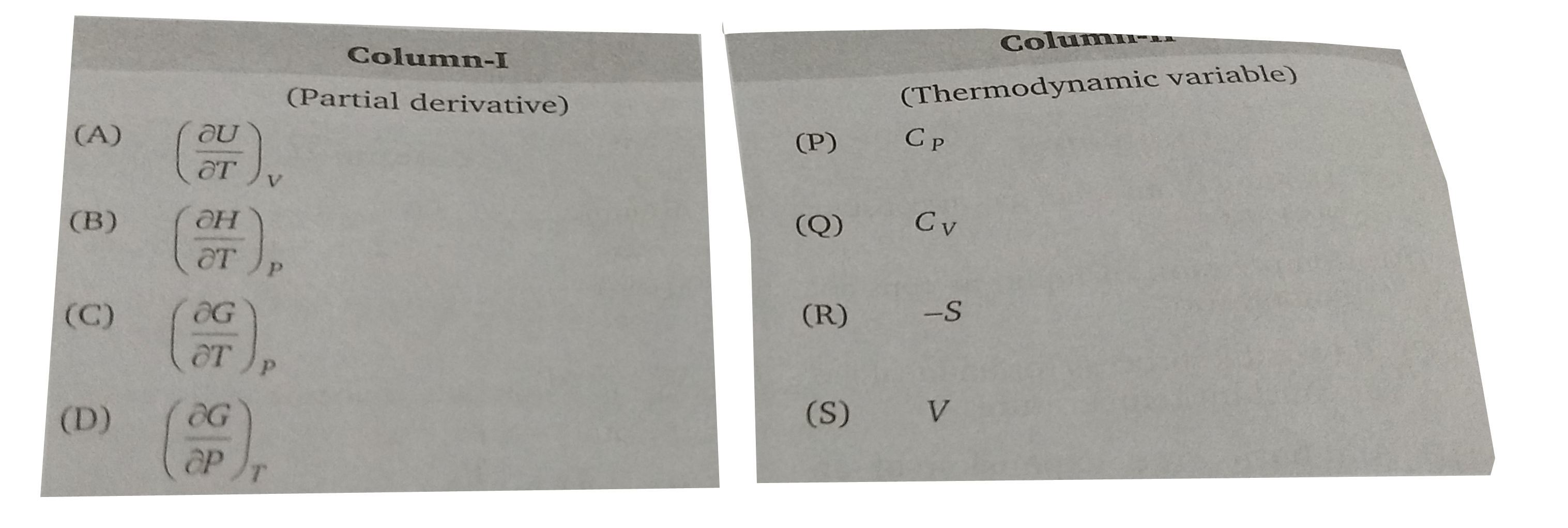A sample of pure sodium carbonate 0.318g is dissolved in water and litrated with HCl solution. A volume of 60mL is required to reach the methly orange end point. Calculate the molarity of the acid.Solution in Telugu
0.1M
0.2M
0.4M
none of these
The correct Answer is:A
Step by step video & image solution for A sample of pure sodium carbonate 0.318g is dissolved in water and litrated with HCl solution. A volume of 60mL is required to reach the methly orange end point. Calculate the molarity of the acid. by Chemistry experts to help you in doubts & scoring excellent marks in Class 11 exams.
Updated on:21/07/2023Topper's Solved these Questions
- STOICHIOMETRYBOOK - NARENDRA AWASTHICHAPTER - STOICHIOMETRYEXERCISE - Level 2 (Q.1 To Q.30)
30 Videos
- STOICHIOMETRYBOOK - NARENDRA AWASTHICHAPTER - STOICHIOMETRYEXERCISE - Level 2 (Q.31 To Q.35)
5 Videos
- STOICHIOMETRYBOOK - NARENDRA AWASTHICHAPTER - STOICHIOMETRYEXERCISE - Level 1 (Q.151 To Q.180)
30 Videos
- SOLID STATEBOOK - NARENDRA AWASTHICHAPTER - SOLID STATEEXERCISE - Level 3 - Subjective Problems
1 Videos
- THERMODYNAMICSBOOK - NARENDRA AWASTHICHAPTER - THERMODYNAMICSEXERCISE - Level 3 - Match The Column
2 Videos
Similar Questions
A mixture of NH4NO3 and (NH4)2HPO4 coitain 30.40% mass per cent of nitrogen. What is the mass ratio of the two components in the mixture ?
View SolutionA mixture containing 0.05 mol of K2Cr2O7 and 0.02 mol of KMnO4 was treated with excess of KI in acidic medium.The liberated iodine required 2.0 L of Na2SO3 solution of titration. Concentration of Na2S2O3 solution was
View SolutionWhat mass of H2C2O4.2H2O (mol.mass=126) should be dissolved in water to prepare 250mL of centinormal solution which act as a reducing agent ?
View SolutionIonic solid Na+A− crystallise in rock salt type structure . 2.592 gm of ionic solid salt NaA dissolved in water to make 2 litre solution . The pH of this solution is 8. If distance between cation anion is 300 pm . Calculate the density of ionic solid (Pkw=13 Pka=13)
View SolutionMatch the following columns

View SolutionCalculate the molarity of the following solution:
(a) 4g of caustic soda is dissolved in 200mL of the solution.
(b) 5.3 g of anhydrous sodium carbonate is dissolved in100 mL of solution.
(c ) 0.365 g of pure HCl gas is dissolved in 50 mL of solution.
View SolutionCalculate the percentage of available chlorine in a sample of 3.55g of bleaching powder which was dissolved in 100mL of water. 25mL of this solution, on treatment with KI and dilute acid, required 20 mL of 0.125 N sodium thiosulphate solution.
View SolutionA sample of pure sodium chloride 0.318g is dissolved in water and titrated with HCl solution. A volume of 60mL is required to reach the methyl orange end point. Calculate the molarity of the acid.
View SolutionA sample of sodium carbonate contains sodium also. 1.5 g of the sample is dissolved in water and volume raised to 250 mL. 25 mL of this solution requires 20 mL of N10H2SO4 solution for neutralisation. Calculate the percentage of sodium carbonate in the sample.
View SolutionIn a sample of sodium carbonate some sodium sulphate is also mixed. 1.25 g of this sample is dissolved and the volume made up to 250 mL. 25 mL of this solution neutralises 20 mL of N10 sulphuric acid. Calculate the percentage of sodium carbonate in the sample.
View SolutionChemists work with standardised solution, a solution whose concentration is known. The requirements to standardise the solution are : 1. the volume of the solution. 2. the number of moles of solute in that volume. A primary standard solution is used in determining the molarity of a solution. To find the molarity of HCl, 0.317 g of Na_(2)CO_(3) , the primary standard dissolved in water, is used in titrating the solution of HCl. 22.9 mL of acid are required to neutralise the sodium carbonate. This is the needed volume (first requirement). The stoichiometric equation is used to know the second requirement. 2HCl(aq.)+Na_(2)CO_(3)(aq.) to 2NaCl+H_(2)O+CO_(2) uarr What is the molarity of HCl in the above case ?
View SolutionChemists work with standardised solution, a solution whose concentration is known. The requirements to standardise the solution are :
1. the volume of the solution.
2. the number of moles of solute in that volume.
A primary standard solution is used in determining the molarity of a solution. To find the molarity of HCl, 0.317 g of Na2CO3, the primary standard dissolved in water, is used in titrating the solution of HCl. 22.9 mL of acid are required to neutralise the sodium carbonate. This is the needed volume (first requirement). The stoichiometric equation is used to know the second requirement.
2HCl(aq.)+Na2CO3(aq.)→2NaCl+H2O+CO2↑⏐
The suitable indicator in the above titration will be :
View SolutionChemists work with standardised solution, a solution whose concentration is known. The requirements to standardise the solution are : 1. the volume of the solution. 2. the number of moles of solute in that volume. A primary standard solution is used in determining the molarity of a solution. To find the molarity of HCl, 0.317 g of Na_(2)CO_(3) , the primary standard dissolved in water, is used in titrating the solution of HCl. 22.9 mL of acid are required to neutralise the sodium carbonate. This is the needed volume (first requirement). The stoichiometric equation is used to know the second requirement. 2HCl(aq.)+Na_(2)CO_(3)(aq.) to 2NaCl+H_(2)O+CO_(2) uarr Solution of Na_(2)CO_(3) in water will be :
View Solution0.115 gm of sodium metal was dissolved in 500 ml of the solution in distilled water. Calculate the molarity of the solution ?
View Solution(a) Define molarity.
(b) Calculate the molarity of sodium carbonate solution, containing 0.53 g of sodium carbonate dissolved in 200 mL of the solution.
View Solutionयदि 1.325 ग्राम निर्जल सोडियम कार्बोनेट (अणुभार =106 ) को 250 मिलीलीटर जल में विलेय किया गया है तो विलयन की मोलरता ज्ञात कीजिए.
View Solution
